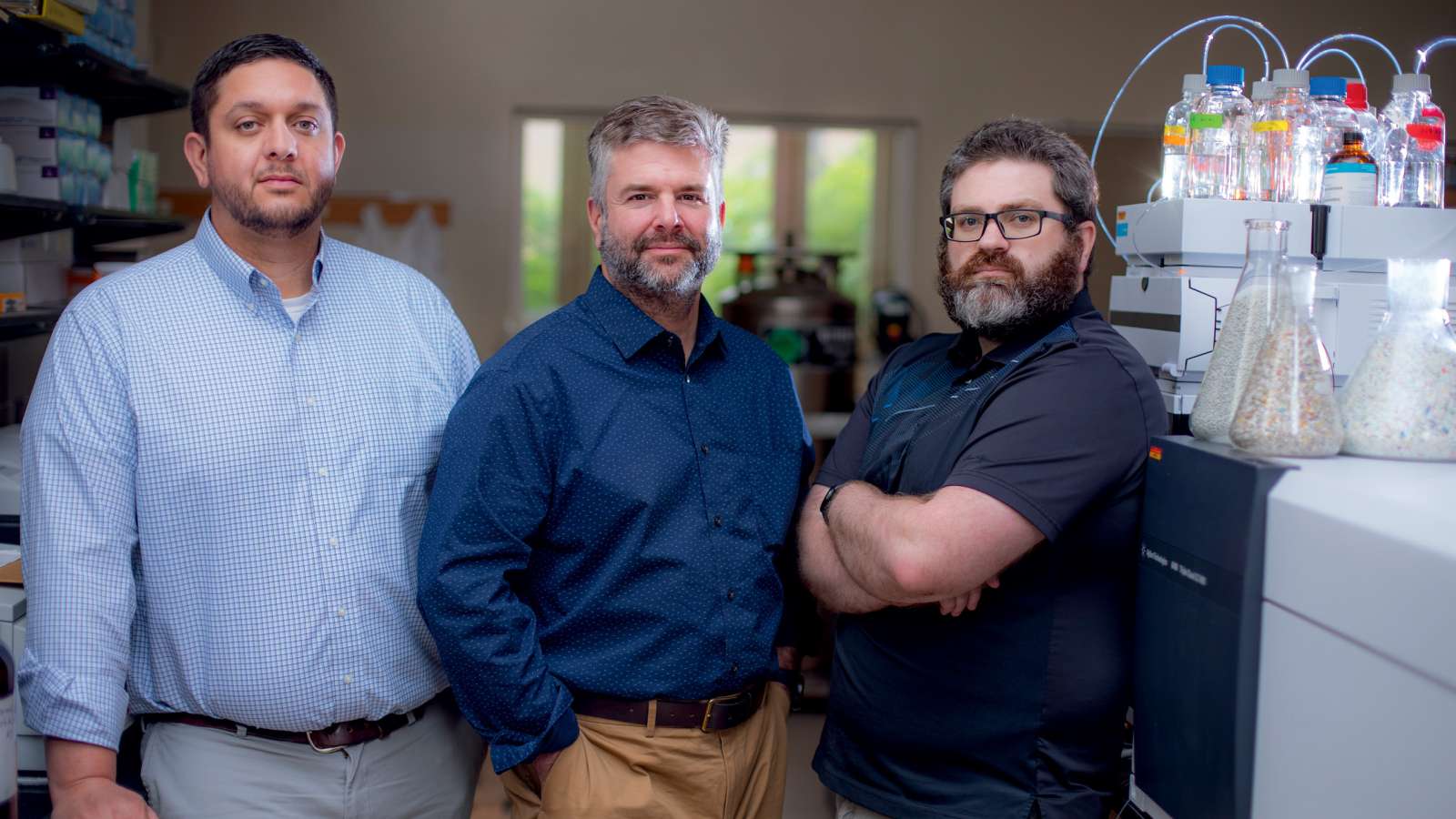Keith Vorst wishes he could shout it from the stage at a Taylor Swift concert so people would care: Perfluoroalkyl and polyfluoroalkyl substances, the class of compounds known collectively as PFAS and informally as forever chemicals, are a health risk that’s never, ever, ever going away naturally.
The synthetic chemicals became ubiquitous after their invention in the late 1930s. Capable of repelling water and oil, PFAS have been widely used in products as disparate as nonstick cookware, stain-resistant fabrics and firefighting foam. Scientists thought because PFAS are inert, they would pass through humans harmlessly. They were wrong.
PFAS accumulate in the body and can decrease fertility, increase cancer risk, interfere with hormones and immune systems, and cause developmental and behavioral issues in children. They are found in food, soil, air, and water across the planet, including in many drinking water supplies. Nearly everyone has some level of PFAS in their body.
“They were so good at what they did that we used them for everything,” Vorst says. “The coating wrappers: PFAS. Your carpet: PFAS. We polluted the entire world, and now we’re stuck with them.”
An associate professor of food science and human nutrition, Vorst is also the director of Iowa State’s Polymer and Food Protection Consortium, one of the leading U.S. laboratories working on the pervasive problem. Improving methods for PFAS detection and destruction is a focal point of the 18-person research team funded by public grants and 22 member companies, a trusted resource for both regulators and industry.
Here’s what Vorst and two colleagues — assistant professor of food science and human nutrition Greg Curtzwiler and research scientist Mark Early, who manages day-to-day work at the group’s 11 campus lab spaces — want consumers to know.
What are PFAS?
PFAS are lab-made compounds with a carbon-fluorine bond, one of the strongest possible chemical pairings. That’s why they’re called forever chemicals. Carbon-fluorine bonds don’t degrade over time. Despite being a human creation, they can be found everywhere from the bloodstreams of polar bears to the lowest depths of oceans, Vorst says.
“They were so good at what they did that we used them for everything. The coatings on your pants: PFAS. Your hamburger and French fry wrappers: PFAS. Your carpet: PFAS. We polluted the entire world, and now we’re stuck with them.” –– Keith Vorst
Why are PFAS in the news so often?
Science, policies, and practices concerning forever chemicals are still emerging and make frequent headlines. For instance, the Environmental Protection Agency in April announced new regulations that included drinking-water limits for six types of well-studied PFAS.
But there are more than 15,000 types of PFAS, and manufacturers still using them shifted years ago to shorter-chain forms that aren’t as well-understood, says Vorst, who is often quoted in PFAS news stories as an expert source.
“Which ones are more toxic is an argument happening right now,” he says. “But I don’t believe it matters. They’re all bad.”
What are ISU researchers doing to help?
The consortium provides corporate members with research and development services and testing, including nontargeted detection that can measure levels of all PFAS compounds in a sample. When products test positive, companies are eager to respond, Early says.
“They are aiming to drive it out of their supply chains as fast as they can,” he says.
Consortium researchers are studying three technologies for eliminating PFAS, Curtzwiler says. An injection of tiny water bubbles turns long-chain PFAS into a foam to skim away, while electricity or sound waves can create radicals to destroy small-chain varieties. The methods work but need to be faster, cheaper, and real-world functional.
“It can’t take 10 hours to treat a gallon of water. It needs to take 35 seconds,” Curtzwiler says.
What should I do to protect myself?
Curtzwiler and Vorst both say they’ve made some changes to reduce their exposure. For Curtzwiler, that includes homemade soap and favoring glass over plastic whenever possible. There’s no nonstick cookware in Vorst’s home, and unlike many fellow motorcycle riders, he doesn’t spray a coating on his bike to keep it from getting caked with mud.
Consumers need to grasp that removing PFAS from products will have impacts, Early says.
“Be prepared for increasing costs and decreasing convenience because those are the solutions,” he says.
